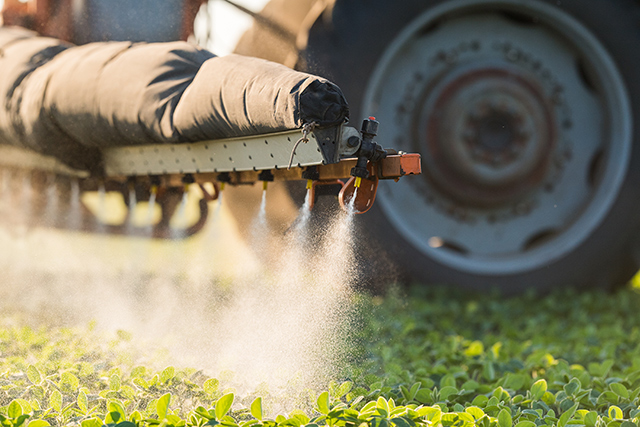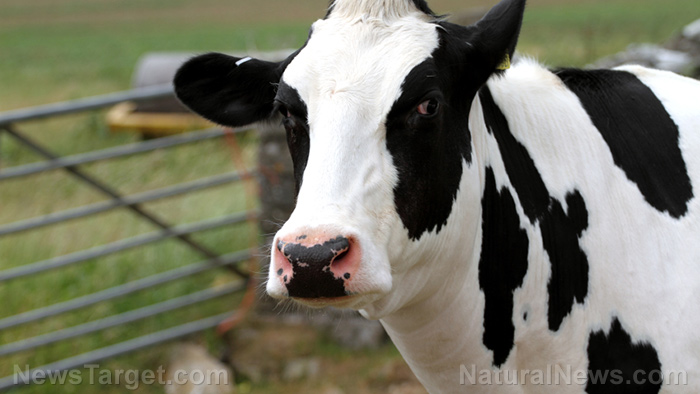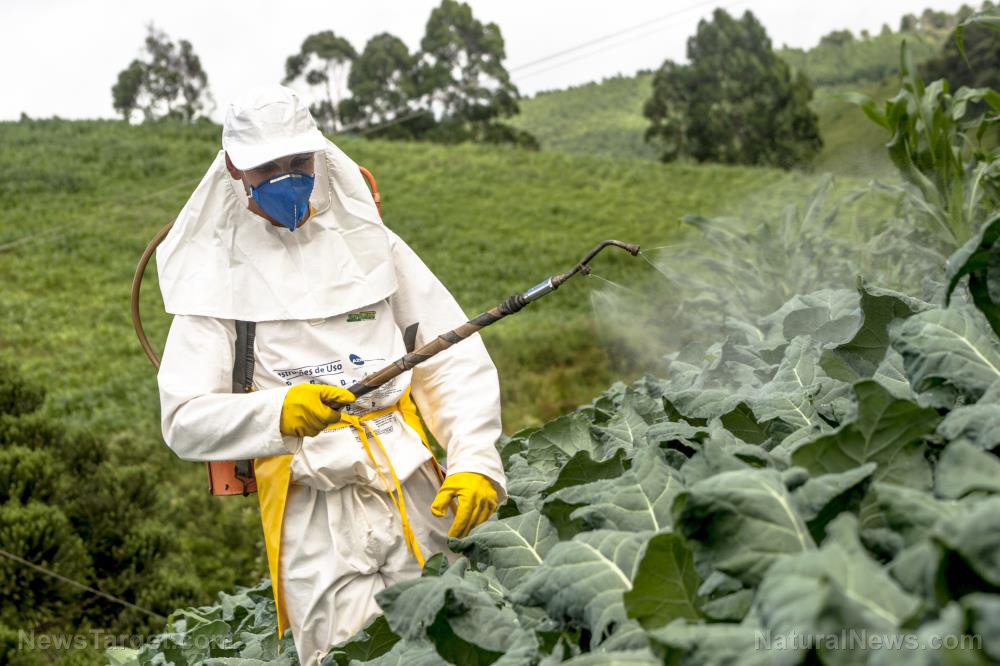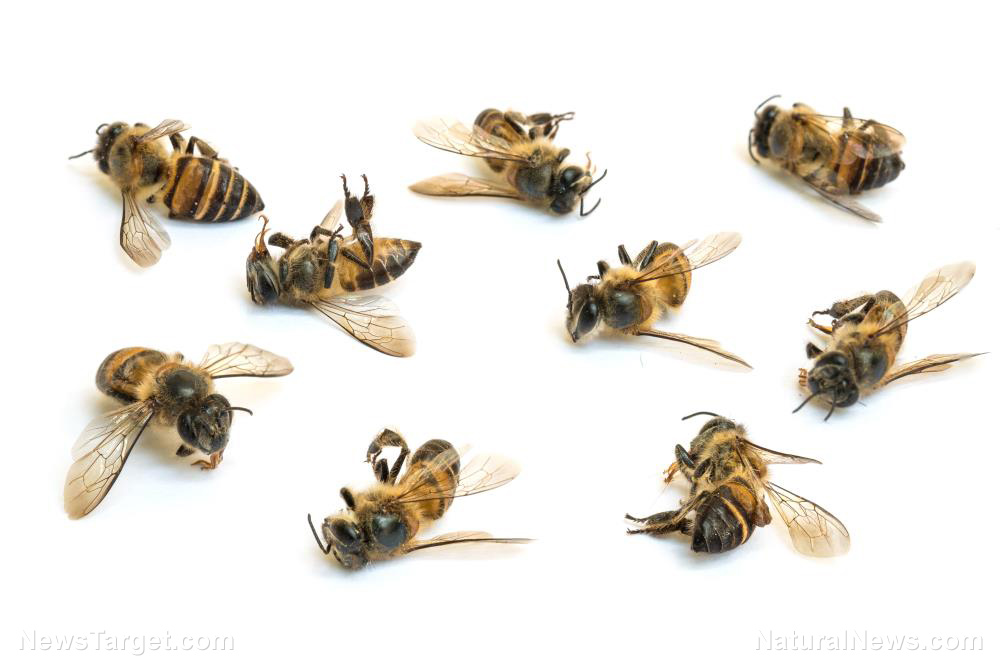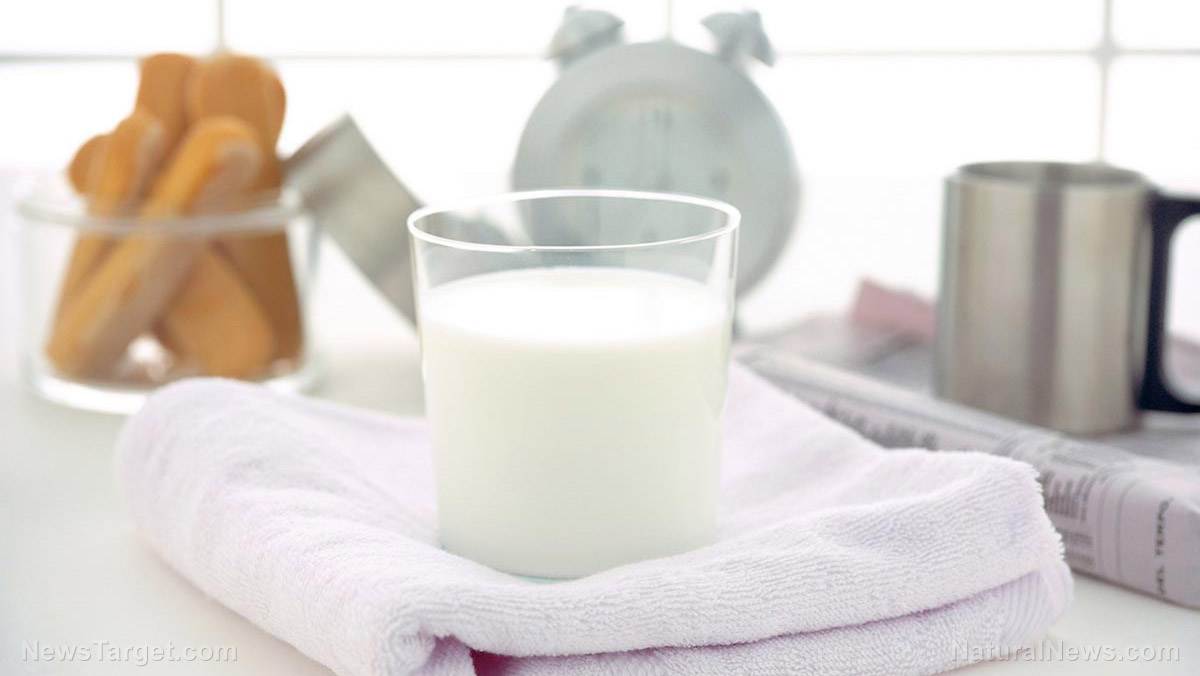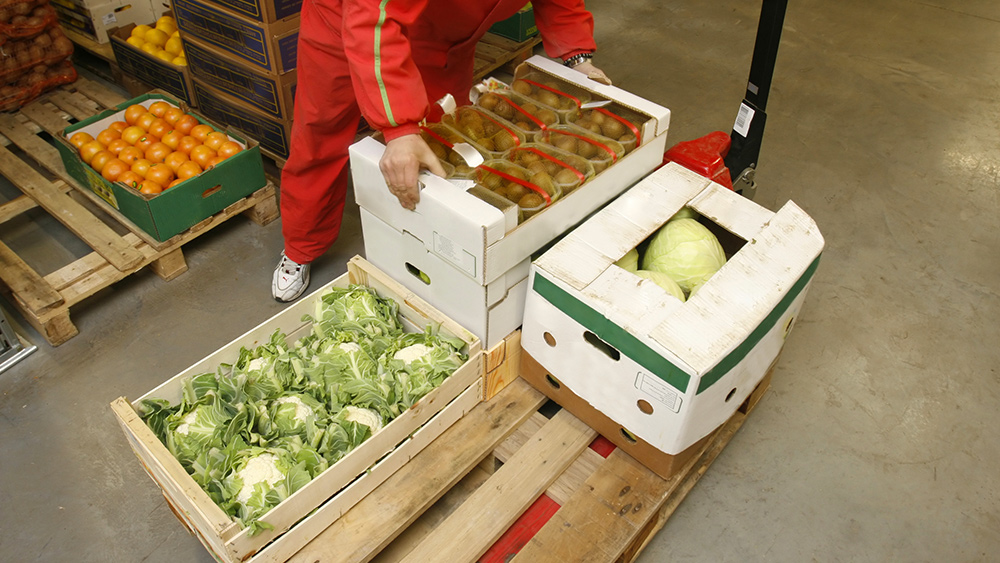Home gardening tips: For how long can you store vegetable seeds?
08/11/2020 / By Zoey Sky
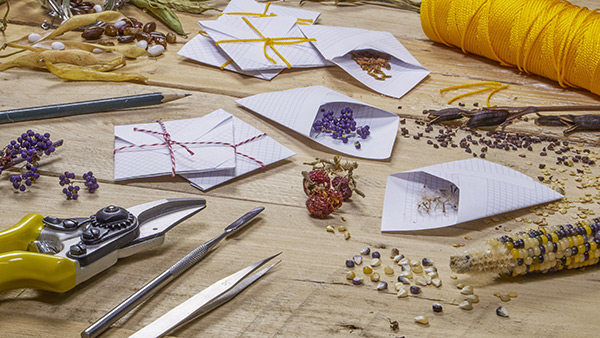
Growing your own food gives you access to fresh fruits and vegetables – something that is invaluable post-SHTF.
Knowing how to store seeds properly ensures that you’re always ready for the next planting season. To the untrained eye, dry and brittle seeds may seem useless. However, gardeners know that vegetable seeds are key to starting and maintaining a bountiful garden. (h/t to GardenerThumb.com)
Seed germination rates
If you’re not sure where to start, check out this chart of how long vegetable seeds last.
- Asparagus (can remain viable for three to five years) – 50 percent germination for five years. Commercial seeds must be at least 75 percent viable.
- Beans (can remain viable for three years) – 50 percent germination for three years. Commercial seeds must be at least 80 percent viable.
- Brussels sprouts (can remain viable for four years) – 50 percent germination for five years. Commercial seeds must be at least 75 percent viable.
- Carrots (can remain viable for three years) – Germination rates decline after three years. Commercial seeds must be at least 55 percent viable.
- Corn (can remain viable for three years) – 50 percent germination for three years. Commercial seeds must be at least 75 percent viable.
- Dill (can remain viable for four to five years) – 50 percent germination for five years.
- Eggplant (can remain viable for five to seven years) – 50 percent germination for five years. Commercial seeds must be at least 60 percent viable
- Lettuce (can remain viable for five years) – 50 percent germination for five years. Commercial seeds must be at least 75 percent viable.
- Onion (can remain viable for one to two years) – 50 percent germination for two years. Commercial seeds must be at least 70 percent viable.
- Pumpkin (can remain viable for four to six years) –50 percent germination for six years. Commercial seeds must be at least 75 percent viable
- Radish (can remain viable for five years) – 50 percent germination for five years. Commercial seeds must be at least 75 percent viable.
- Squash (can remain viable for four to six years) – 50 percent germination for six years. Commercial seeds must be at least 75 percent viable.
- Tomatoes (can remain viable for four to 10 years) – Commercial seeds must be at least 75 percent viable.
- Zucchini (can remain viable for four to six years) – 50 percent germination for six years. Commercial seeds must be at least 75 percent viable
Seed storage methods
Storing seeds properly ensures that you have good samples when testing for viability.
Drying
When gathering seeds from your own crops, spread the seeds on a newspaper and let them air dry for one week. Label the seeds so you don’t get confused while drying. (Related: A crash course in intensive gardening.)
Once the seeds are dry, pack the seeds into small envelopes or paper packets. Label each envelope or packet with the plant name and other details.
Alternatively, you can dry saved seeds on paper towels. The seeds will stick to the towels when dry. Roll paper towels with seeds tightly before storing them. When it’s planting season, tear off bits of the towel one seed at a time then plant the seed and towel right in the soil.
When saving your own seeds, plant open-pollinated varieties because they will come back true while hybrids won’t.
In airtight containers
After packing seeds, keep the packets inside plastic food storage bags. Alternatively, you can use glass canisters or Mason jars with tight-fitting lids.
Using airtight containers can keep your seeds moisture-free. To keep seeds dry, add two and a half tablespoons of powdered milk in about three-and-a-half layers of facial tissue. Place the milk packet inside your storage container for seed packets.
For best results, add silica gel and replace it every six months.
Store containers in a dry and cool place
Humidity may decrease a seed’s shelf-life. While it’s safe to store seeds in the fridge, you shouldn’t store them in the freezer.
Store seeds from the same year together and label them so you can easily tell which container has planting potential.
Come planting season, remove containers from the refrigerator and keep them closed until the seeds have warmed to room temperature. This prevents air moisture from condensing on the seeds and making them clump together.
?Testing seeds for germination
To test seeds for germination, prepare the following materials:
- 10 seeds of each type being tested
- One or several zip-seal plastic baggies
- Paper towels (one for each kind of seed tested)
- Permanent marker to label the seeds
- Labels cut from a plastic shopping bag (this is only needed if you’re conducting multiple tests)
Steps:
- Dampen a paper towel, then place it on the counter. To fit a regular-sized towel in a quart bag, fold it in two.
- Place the seeds on a paper towel. Don’t combine different seeds. If you’re testing flower and vegetable seeds, keep each type separated.
- Seal the seeds in a plastic bag. Roll the seeds up while they’re in the paper towel and press them softly to make the seeds stick to the damp paper towel.
- Place the paper towel, with the seeds still inside, in a plastic baggie then seal it up. When testing multiple types of seeds per bag, use the shopping bag plastic labels and attach the label to the paper towel.
- Place the sealed bags of seed packets somewhere warm, then wait until they sprout.
- Check your seeds every few days to see if they are germinating. If they haven’t sprouted yet, roll them back up and return to the bag.
Understanding the germination test results
First, count the number of seeds that have sprouted, then multiply that number by 10. If eight out of 10 seeds sprout, the seed has a viability rate of 80 percent.
Note that a germinate rate below 50 percent means you need to replace your seeds or plant more than what you would originally need.
Learning how to save seeds is crucial for home gardeners and preppers. Saving your own seeds can help you save some money and stock up on seeds before SHTF.
Sources include:
Tagged Under: crops, emergency food, food independence, food security, food supply, Fresh, garden seeds, gardening tips, green living, growing food, harvest, home gardening, homesteading, how-to, off grid, organics, Plants, preparedness, prepping, seeds, SHTF, survival, survival food, sustainable living, vegetable seeds, vegetables, veggie
RECENT NEWS & ARTICLES
COPYRIGHT © 2017 HARVEST NEWS



